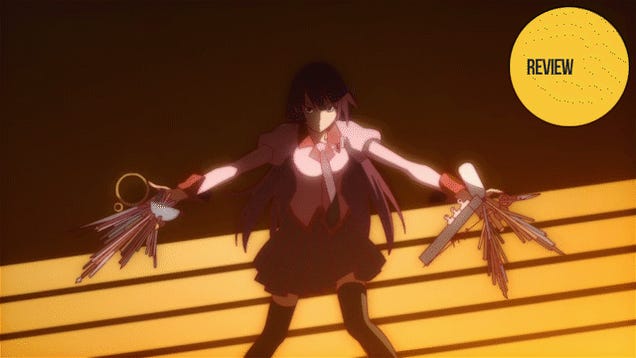KyoAni has already cemented their name in the anime industry since the early 2000s, with shows like "Clannad", "The Melancholy of Haruhi Suzumiya", and "K-On" as some of their famous works. It is also good to take note on how massive their influence has been in the anime industry, from character designs to animation styles. Now the question is: "How did they turn into this big and successful animation studio?"

Well, first is that unlike studios like Shaft and MadHouse, they don't outsource their works. Most of the animations they make are made in-house, which basically means that they do almost everything in the studio. With this setting, everyone pretty much gets to know how everyone works, like their strong suits and weaknesses. This makes it's employees pretty much tight-knit. This also makes the studio very flexible when making shows.
More recently, KyoAni started publishing their own content. The studio solidifies it's place more because this means that the studio never runs out of stories to use for their next project. This style is unlike other studios, who usually rely on higher-ups in getting new stories to produce.

Now finally, because of these factors, the studio stands out among the crowd. With this closely-knit company comes a more solid and stunning animation compared to others. Miscommunication between the people, scheduling conflicts, and having no work to do are kept at a minimum. And that is why Kyoto Animation has become one of the top animation studios in Japan if the the world.









